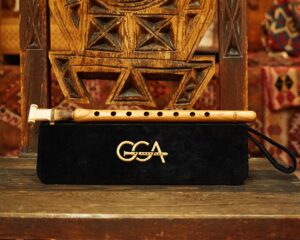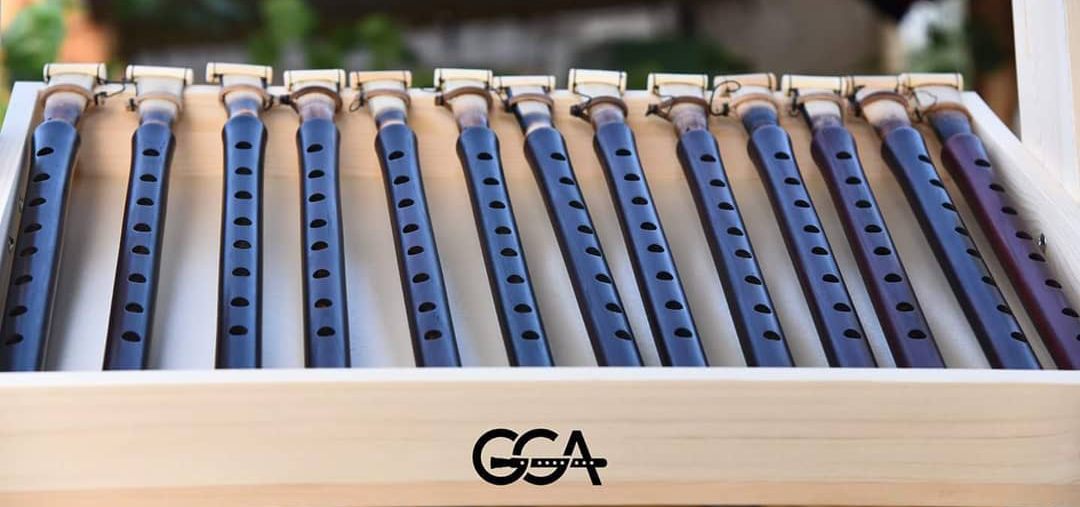
Duduk Special Gift Set in a Hard Case
Enhance Your Duduk Experience: A Special Gift Set in a Hard Case

The duduk, a soul-stirring woodwind instrument, holds a special place in Armenian culture and music. Its haunting melodies have captivated listeners for centuries, evoking deep emotions and transporting them to a realm of tranquility. One fascinating aspect of the duduk is the existence of different types, each with its unique characteristics and variations. In this blog post, we will embark on a musical journey to discover the diverse types of duduk.
Traditional Duduk:
The traditional duduk, also known as the “Armenian duduk,” is the most common and widely recognized type. It is made from apricot wood and typically has a cylindrical body with eight finger holes on the top and two on the bottom. The traditional duduk produces warm and mellow tones, making it perfect for expressing melancholic melodies.
Bass Duduk:
The bass duduk, as the name suggests, is a larger variant of the instrument, designed to produce lower, deeper tones. It is longer and wider than the traditional duduk, resulting in a richer and more resonant sound. The bass duduk adds depth and texture to ensemble performances, often serving as the foundation of the duduk section.
Piccolo Duduk:
On the other end of the spectrum, we have the piccolo duduk, a smaller version of the instrument. The piccolo duduk offers higher pitches and a brighter sound. It is highly agile and allows for intricate ornamentations and fast-paced melodies.
Conclusion:
The world of duduk is as diverse as it is enchanting. From the traditional duduk with its melancholic melodies to the bass and piccolo variations that expand its tonal range, each type offers a unique musical experience. Whether you’re a musician, a music lover, or simply curious about different cultures, exploring the various types of duduk opens up a gateway to the rich musical heritage of Armenia. So, let the melodies of the duduk sweep you away and immerse yourself in the captivating world of this extraordinary instrument.

Enhance Your Duduk Experience: A Special Gift Set in a Hard Case

Duduk Instrument Prices There are a number of factors that can affect
GGA represents professional musical instruments, that are recognized all over the world. The instruments are exclusively hand-made works. Feel the spirit of the orient music.